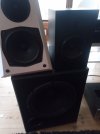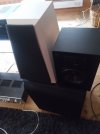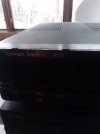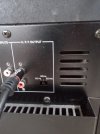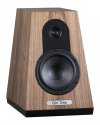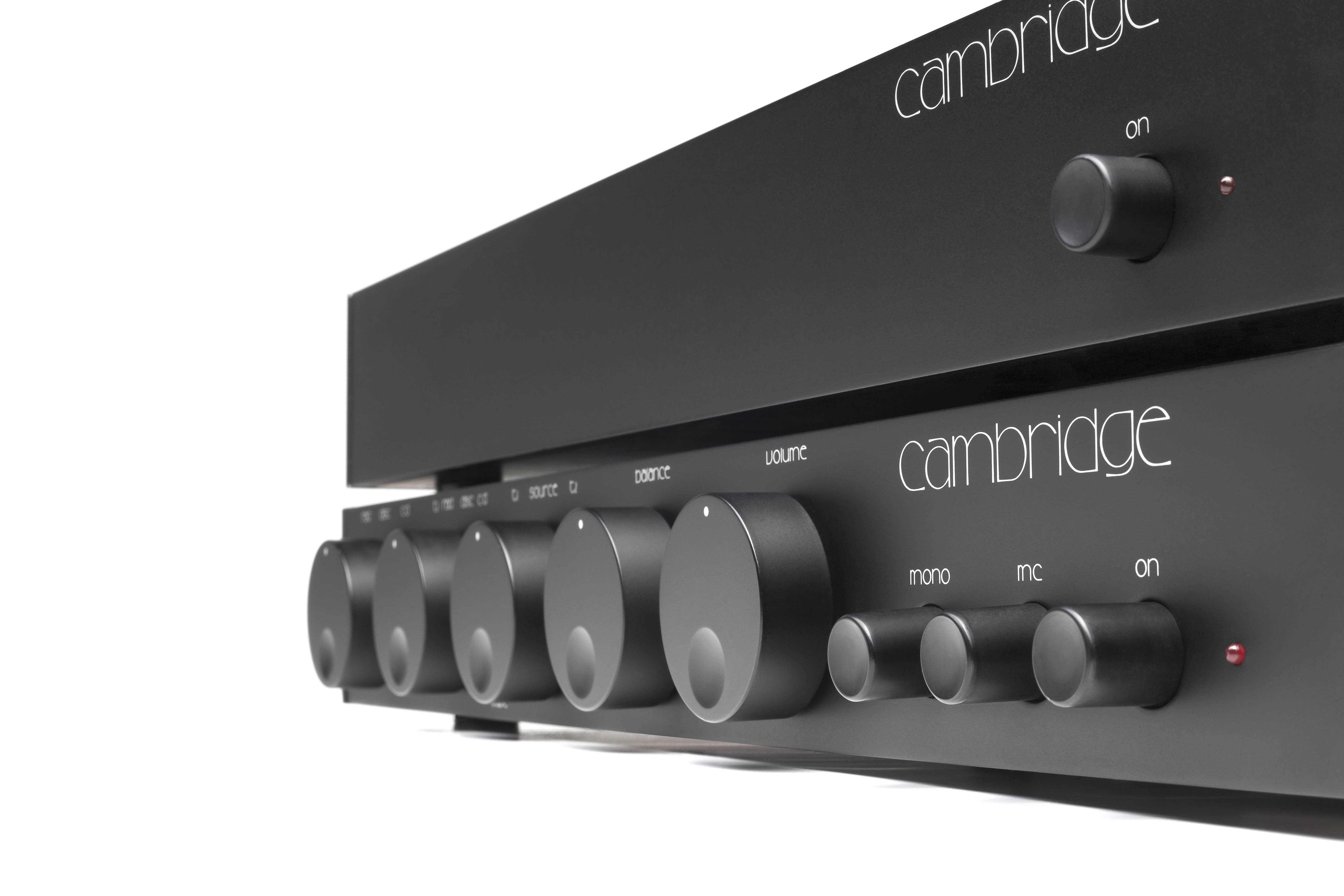DSJR
Major Contributor
I'm not disagreeing at all and I doubt I can naturally hear much above 10kHz now (standard audiology tests don't go up that far although my prime hearing deficiency is the 4 - 6kHz region). It's just that *subjectively,* some systems seem to reproduce more clearly the room or venue a good recording was made in better than others do. The Chord 'systems' I heard didn't, where the (here) well known Kii Three on another occasion in the same room seemed to do it rather well as did the Dynaudio Focus 50's which are largely unknown and regarded with some suspicion I think, as the wireless active concept seems to be too much for a trad domestic high end dealer to take - currently.My brain isn't able to detect differences beyond 20kHz or below -100dB, there is no need to try.
I somehow get the feeling that the number of TAPs might be nothing but this manufacturers scheme to part people from their money.
In a typical music mastering, where's the 'reverb tail' in level? Around forty to sixty dB down, or am Ii I being too kind and it's actually twenty to thirty dB below mean levels?


